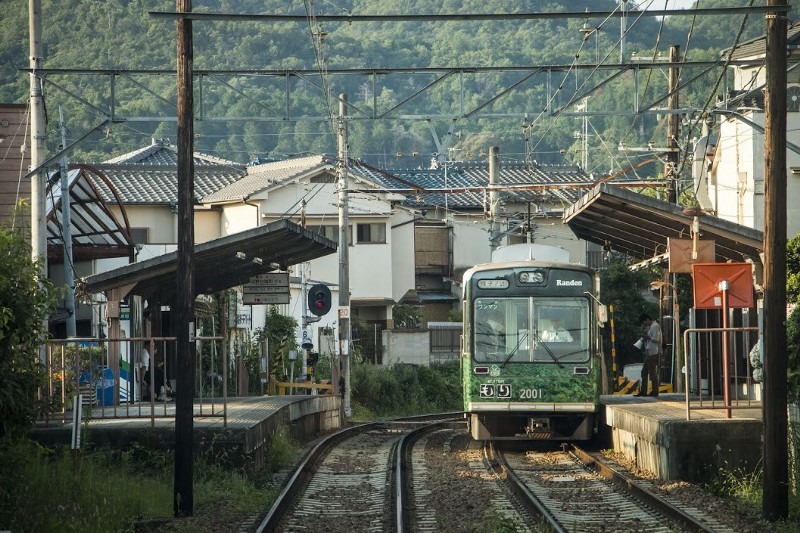After years of being billed as “the world’s 2nd largest economy,” it appears that 2010 may be the year in which Japan’s economy will officially be surpassed by China’s.
Since GDP comparisons are made in dollar terms, foreign exchange movements may impact the exact timing. But it will be soon. Japan’s gross domestic product (GDP) for 2009 stood at US$5.1 trillion and was only slightly higher than China’s GDP at US$4.9 trillion, based on Cabinet Office and International Monetary Fund calculations.
Excitement about business opportunities in China and other high-growth Asian countries has been palpable for awhile now; after all, Asia is an important key to world economic recovery. However, in addition to examining the merits of individual countries, it is also important for foreign multi-nationals to think about their Asia strategies overall, as well as considering the spending power of individual consumers. This is particularly true for high value-added products and services (i.e., advanced pharmaceuticals, medical devices and high tech to name a few).
Many sources point out, for example, that despite overall GDP statistics, Japan is much more affluent than China when considering per capita GDP. China’s per capita GDP in 2009 was only US$3,566, less than one-tenth that of Japan’s at US$39,573. For reference, per capita GDP for the U.S. stood at US$46,443 for the same period.
It has long been said that Japanese consumers are among the most well-heeled and sophisticated in the world, with consumer spending in Japan reportedly accounting for approximately 11% of the global economy. That is not likely to change anytime soon.
Estimates of the number of high-income households (i.e., US$1 million or more, not including real estate) vary widely, but probably number somewhere between 1 and 3 million households. However, wealth is both wider spread and more prevalent in Japan compared to its Asian neighbors. Specifically, Japan’s wealthy individuals own combined financial assets of US$3.5 trillion (46% of the total assets owned by Asia’s wealthy individuals). In addition, Japan’s wealthy individuals represent 59% of those in the Asia region with over US$1 million in financial assets alone.
Another view that demonstrates Japan’s market value is through the scale it represents for a variety of key sectors, such as medical devices (US$21 billion in 2008, and the world’s 2nd largest market), pharmaceuticals (US$77 billion in 2008, again the world’s 2nd largest market) and environmental services (projected to reach US$1.2 trillion by 2020).
Through yet another prism, it is also interesting to look at the comparative GDP values of key geographic areas in Japan. For example, the Kanto region’s GDP is approximately equivalent to that of South Korea and the Philippines, combined. Meanwhile, the Kansai region’s GDP is equivalent to that of Taiwan’s, as is the Chubu region’s. And I can continue. Hokkaido’s GDP is comparable to half that of Hong Kong, Shikoku’s is half that of Singapore’s, and while Kyushu’s is comparable to that of Thailand.
It stands to reason that any company marketing relatively sophisticated products and services would want to consider Japan a critical part of its Asia strategy. This has become even truer as Japan’s economy has become increasingly integrated with that of Asia. In fact, some large multi-nationals have come to view Japan as a good “jumping off point” for approaching other Asian markets. In short, companies are literally using Japan as a proving ground that is helping them to develop their business propositions within the context of Japan’s notoriously competitive market and demanding consumers — in terms of not only product development, but also in terms of customer service and aftercare.
Debbie Howard is Chairman of CarterJMRN and President Emeritus of the American Chamber of Commerce in Japan.
Originally Published in Nikkei Weekly, 10th May 2010
CarterJMRN is a strategic market research agency that has been helping clients with consumers and businesses in Japan and beyond since 1989.
We believe that, although the terrain you face in building a successful marketing strategy and activation path sometimes seems obscure, the path to success is knowable and that the consumer is the guide who will show you the way.
Find out more and get in touch on our site
